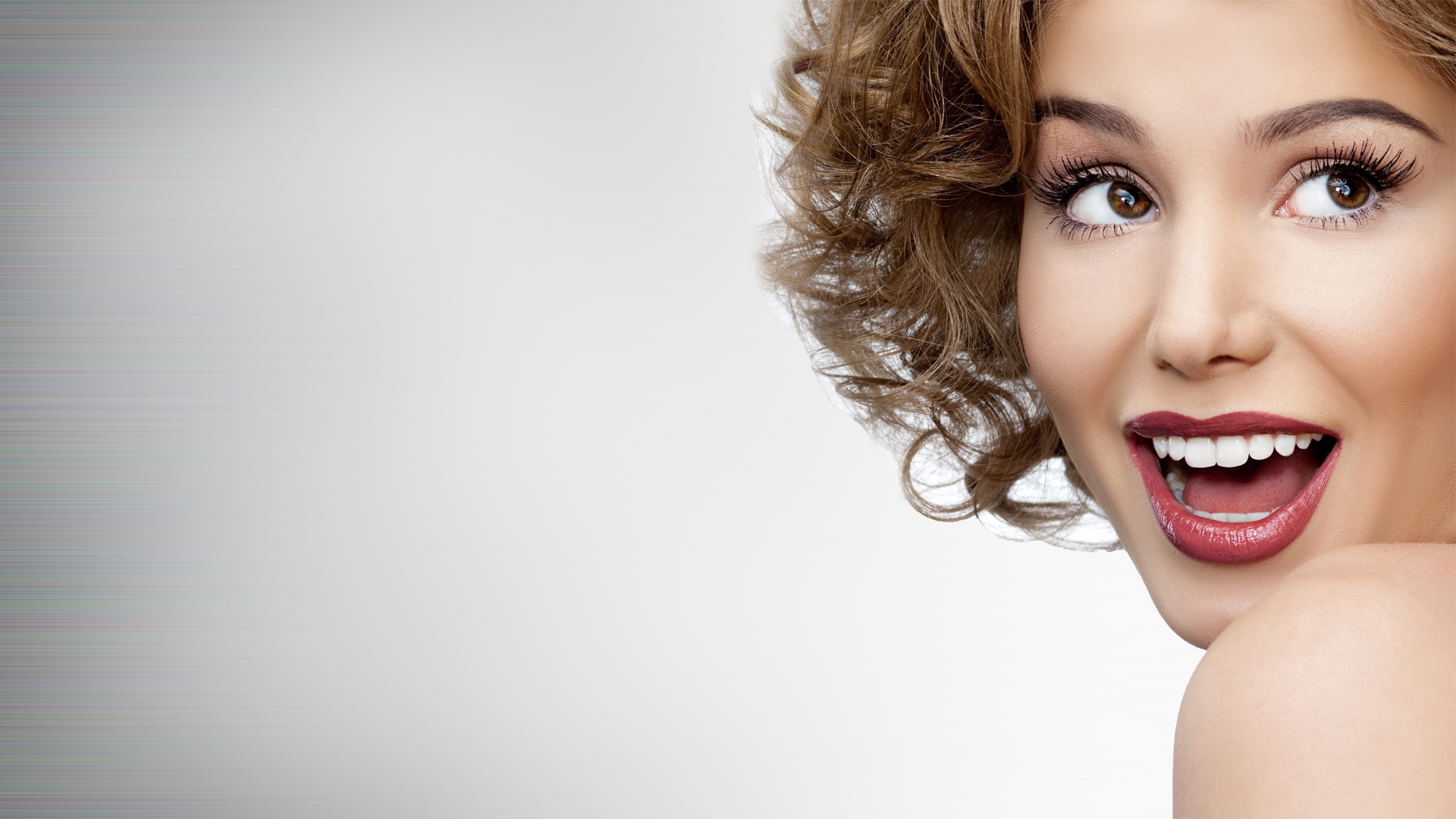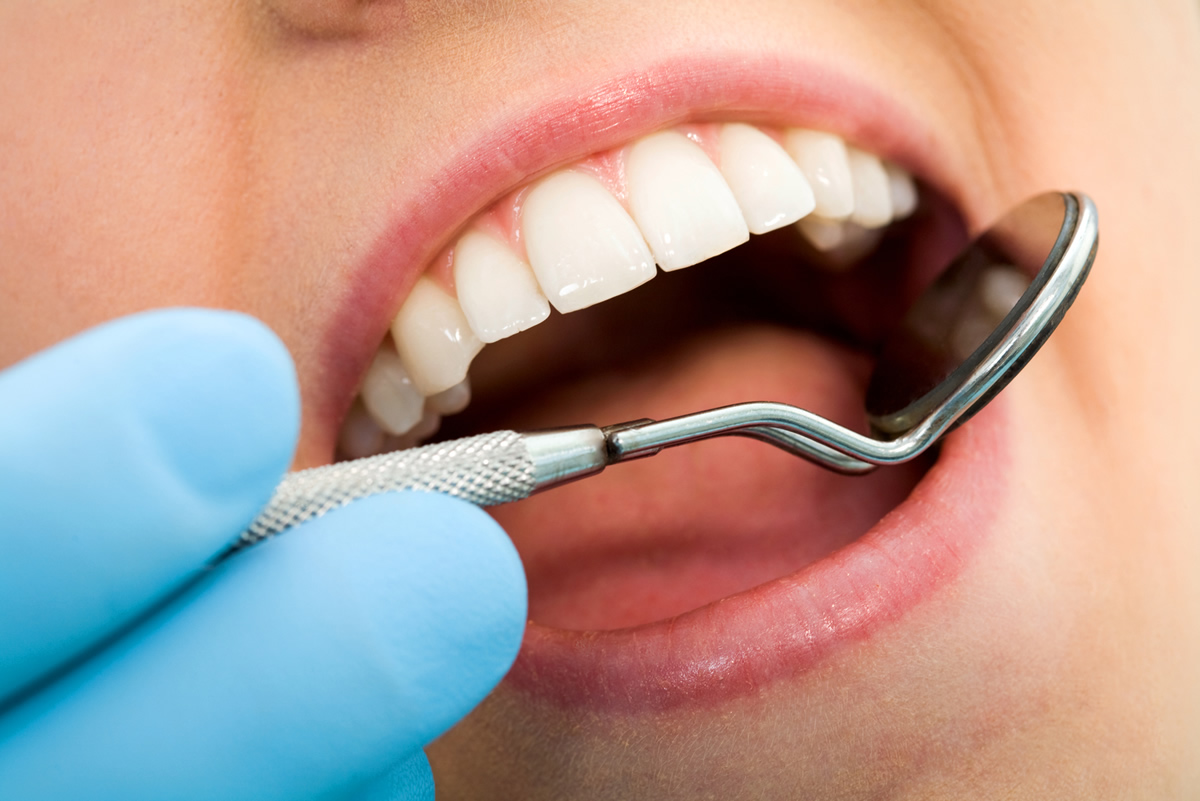
Dental plaque and tartar are responsable for the formation of infections like gingivitis and parodontitis,and may lead to the premature loss of teeth.At R9Dental we emphasize the importance of dental hygiene treaments,because longevity of implants and tooth replacements can be guaranteed in a plaque-free environment only.
Dental plaque is a biofilm or mass of bacteria that grows on surfaces within the mouth.It is a sticky,colourless deposit at first,but when it forms tartar it is brown or pale yellow that is commonly found between the teeth and on the cervical margins.Removal of dental biofilm is important as it may become acidic causing demineralisation of the teeth or harden into calculus.Calculus cannot be removed through toothbrushing or with interdental aids and can only be removed through professional cleaning.Therefore, removal of the dental biofilm will prevent the development of decay and gum diseases.
Ultrasonic scaling
The objective for periodontal scaling is to remove dental plaque and tartar,which house bacteria that release toxins which cause inflammation to the gum tissue and surrounding bone.The ultrasonic scaler is an electric device which is powered by a system that causes the tip to vibrate.In addition,it creates tiny air bubbles through a process called cavitation.These bubbles serve an important function for periodontal cleanings.Since the bacteria living in periodontically involved pockets are anaerobic,meaning unable to survive in the presence of oxygen,these bubbles help to destroy them.The oxygen helps to break down bacterial cell membranes and causes them to lyse,or explode.
Tooth whitening
Tooth whitening or bleaching is a common procedure in cosmetic dentistry,aiming to whiten the natural tooth shade.Many different methods have been developed for this purpose,both for professional and for home use.Bleaching materials are generally carbamide peroxide or hydrogene peroxide,the second one is more effective,but might also have relatively more side effects.
Whitening methods
1. Tray based in-office or home whitening
Using a custom fabricated tray and a lower concentration of carbamide peroxide gel,it makes possible a mild whitening of the teeth.Due to the low concentration requires many sessions to achieve the desired result.
In our point of vieuw it is only applicable together with more effective bleaching methods to maintain their result.
2. SoniWhite
British method using a special gel and ultrasound.One in-chair session is required only,not suitable for the whitening of excessively discoloured teeth.
3. ZOOM!
Perhaps the most common whitening system using a gel and plasma light.One session at the dentist,quick result,with relatively much side effects – transitory sensitivity of the teeth.
4. PolaOffice+
Radically new whitening system from Australia.It can be used with or without a bleaching light,as it does not require activation.The unique hydrogene peroxide formula ensures fast release of the peroxide ions to begin the bleaching process.Minimal chair time is needed,the neutral pH of PolaOffice+ ensures maximum comfort during and after treatment.The shorter treatment time results in less patient discomfort.It has also unique built-in desensitizing properties that inhibit post-operative sensitivity.
Due to its patient and professional friendly properties,it is our preferred whitening method.
After whitening
Within 48 hours after completed whitening,avoid smoking and consumption of staining food and drinks like chocolate,red wine,coffee or tea.On a long term they all work against the result of whitening.
Shade of old fillings and crowns will not become whiter.
Tooth whitening in the office of a dental professional is an absolutely safe and clinically tested procedure.
Remember:longevity of the achieved result is mainly depending on you.Giving up smoking,having a good oral hygiene and regular check ups at the dentist are factors that guarantee the whiteness and the overall health of your teeth.